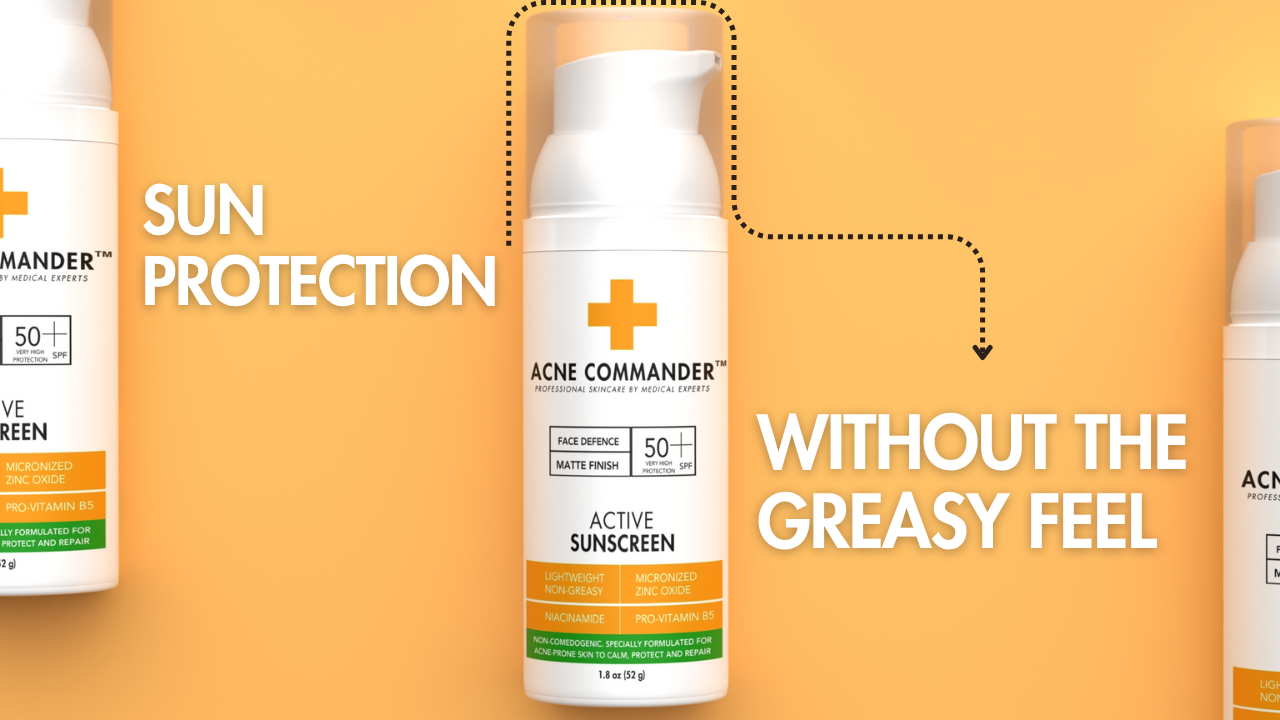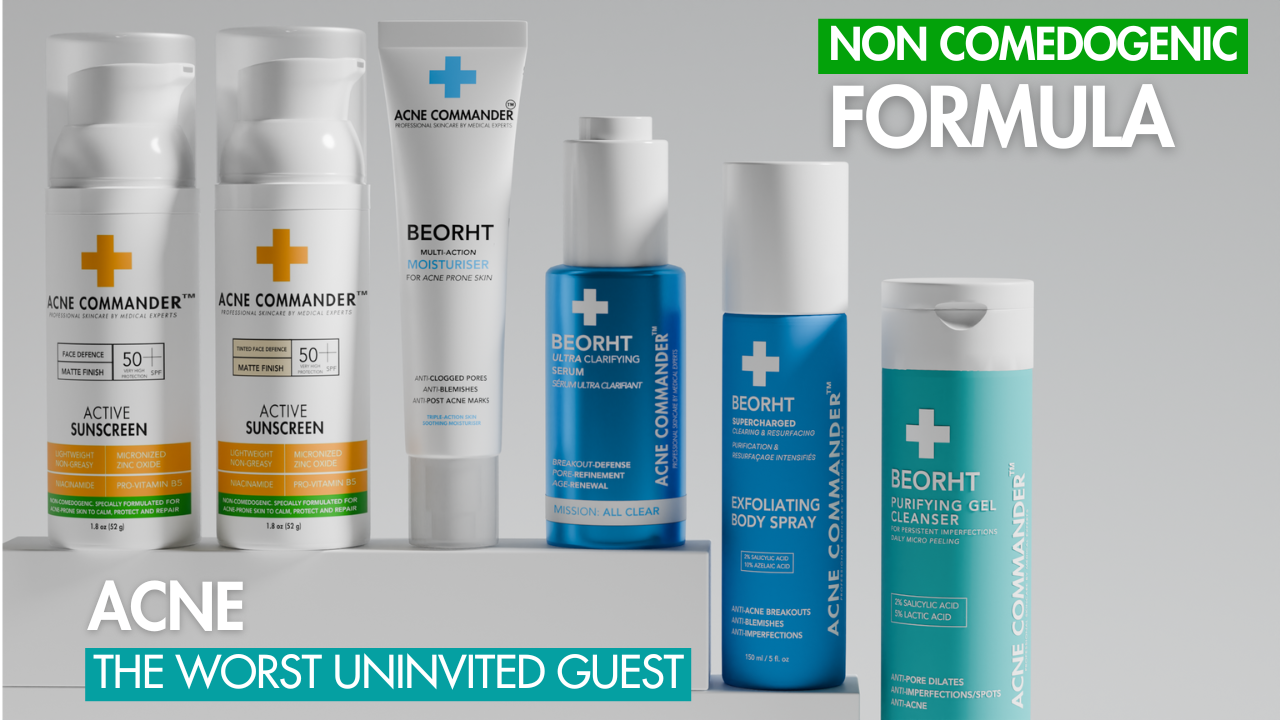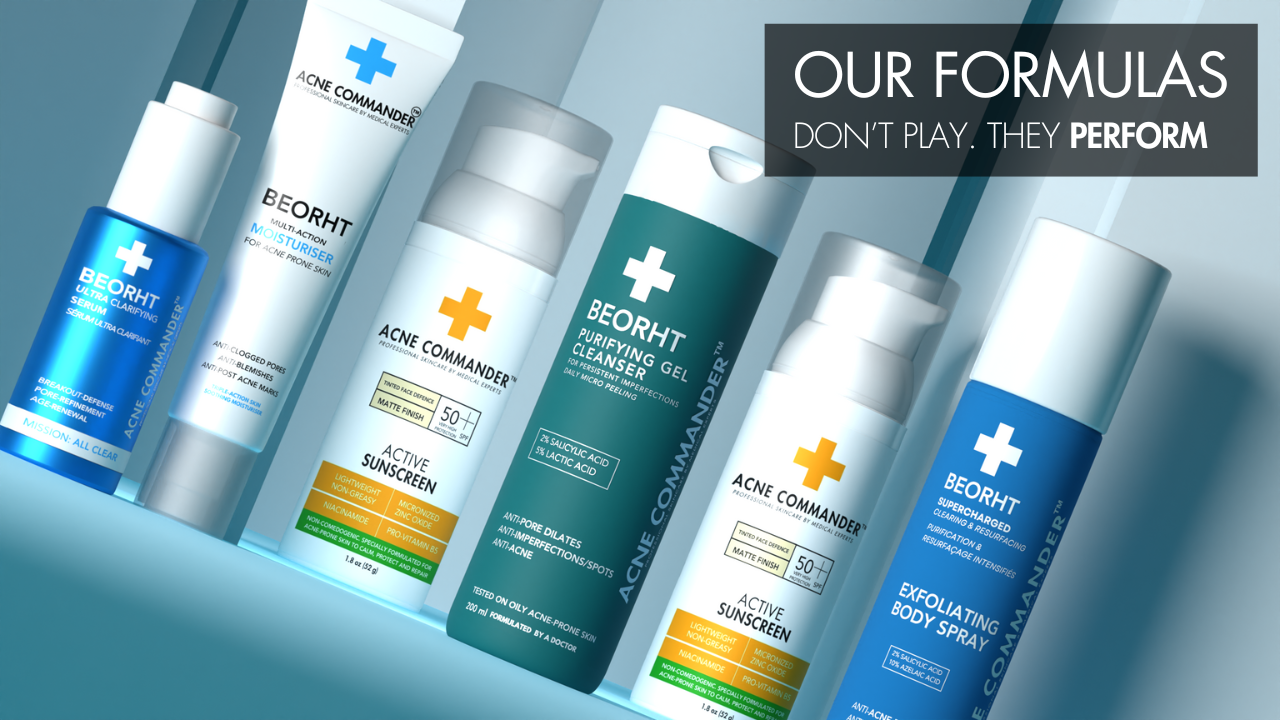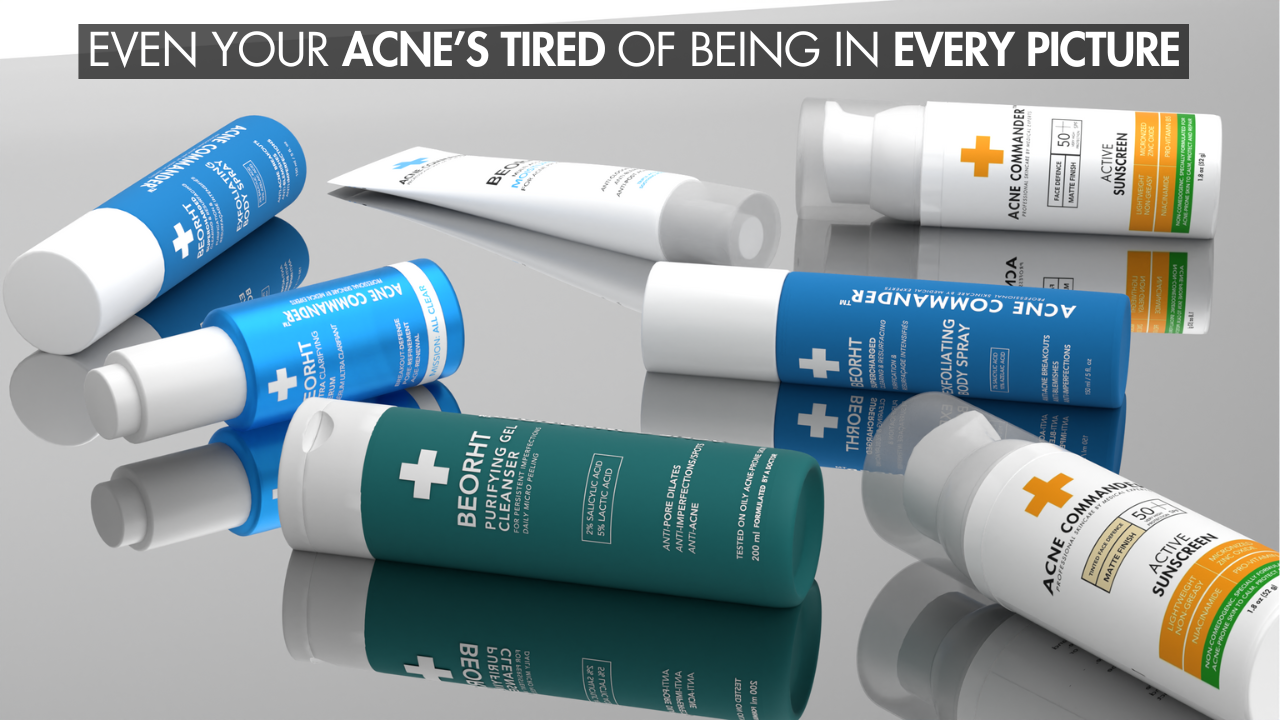Introduction
A gel cleanser is a popular type of cleanser that’s especially effective for individuals with acne-prone skin. Its lightweight, often foamy texture helps break down oils, dirt, and impurities while providing a thorough cleanse without stripping the skin’s natural moisture. Many acne treatment products use gel-based formulas due to their deep-cleansing capabilities.
However, to maximize the benefits of a gel cleanser for acne treatment, it’s important to understand how to use it properly in your skincare routine. How do you use a gel cleanser effectively for acne treatment? And what are the key benefits of using a gel cleanser for acne?
What is a Gel Cleanser and How Does It Work for Acne Treatment?
A gel cleanser is a type of facial cleanser that typically has a thicker consistency and is designed to foam or lather up when massaged onto the skin. These cleansers are known for being able to deeply cleanse the skin while offering targeted treatment for acne-prone skin.
Here’s how a gel cleanser works, especially for acne treatment:
1. Deep Cleansing and Oil Control
Gel cleansers are great for acne-prone skin because they’re effective at breaking down excess oil, which is one of the main causes of acne. They clean the skin’s surface by dissolving oil, dirt, and impurities without being overly harsh or drying, making them perfect for oily and acne-prone skin.
2. Exfoliation and Pore Clarification
Many gel cleansers contain gentle exfoliating ingredients such as Salicylic Acid (a BHA) or Glycolic Acid (an AHA), which penetrate deep into the pores and exfoliate dead skin cells. This is especially important for preventing clogged pores, which lead to blackheads, whiteheads, and pimples.
3. Acne Treatment Ingredients
Gel cleansers for acne typically include active acne treatment ingredients, like Salicylic Acid or Benzoyl Peroxide, which target acne-causing bacteria, reduce inflammation, and prevent future breakouts.
4. Gentle Yet Effective
Unlike harsh physical exfoliants that can irritate sensitive acne-prone skin, gel cleansers often contain gentle formulations that cleanse deeply without stripping or irritating the skin. The hydration from many gel-based formulas also helps soothe acne-prone skin.
Benefits of Using a Gel Cleanser for Acne Treatment
Using a gel cleanser offers several benefits for individuals with acne-prone skin:
1. Effective Oil Control
Gel cleansers are great for oily skin because they control excess oil production without over-drying. Over-drying the skin can trigger more oil production, which can make acne worse. Gel cleansers remove the excess oil, keeping the skin balanced and helping to prevent clogged pores.
2. Clearer, Smoother Skin
The gentle exfoliating ingredients in gel cleansers can help to remove dead skin cells, improving the skin’s texture. When used regularly, a gel cleanser helps reveal smoother, more even skin and prevents the buildup of dead skin cells that can clog pores.
3. Prevents Acne Breakouts
Regular use of a gel cleanser can prevent acne breakouts by keeping the skin clean and free from impurities. Gel cleansers with ingredients like Salicylic Acid help clear out clogged pores, which is a key factor in preventing acne formation.
4. Non-Irritating Formula
Most gel cleansers are designed for sensitive skin, making them ideal for acne-prone skin that’s prone to irritation. The gentle formula cleanses without causing redness, dryness, or irritation issues that can make acne worse.
5. Hydration Without Greasiness
Many gel cleansers are formulated with hydrating ingredients like glycerin or hyaluronic acid, which help maintain skin moisture. This keeps the skin hydrated without leaving a greasy or heavy residue that can clog pores or contribute to breakouts.
Step-by-Step Guide: How to Use a Gel Cleanser Effectively for Acne Treatment
To get the most out of your gel cleanser, it’s essential to use it correctly. Follow these steps for effective acne treatment:
1. Start with Clean Hands
Before applying your gel cleanser, always wash your hands thoroughly to remove any dirt or bacteria that could transfer to your face during cleansing. This is especially important if you're dealing with acne, as transferring bacteria from your hands to your face can lead to more breakouts.
2. Wet Your Face with Lukewarm Water
Splash your face with lukewarm water to open up the pores slightly. Avoid using hot water, as it can irritate the skin and strip it of its natural oils. Lukewarm water is gentle and helps the gel cleanser to work more effectively.
3. Apply the Gel Cleanser to Damp Skin
Take a small amount of gel cleanser (about a nickel-sized amount) and apply it to your dampened face. Use your fingertips to massage the cleanser gently into your skin in circular motions. Be sure to cover your forehead, cheeks, nose, and chin the areas where acne typically appears.
4. Massage for 30-60 Seconds
Gently massage the cleanser into your skin for 30-60 seconds, making sure to work it into your pores. This helps the active ingredients, like Salicylic Acid, to penetrate the skin and start breaking down oil and dead skin cells. Focus on areas that are prone to acne, like the T-zone (forehead, nose, and chin).
5. Rinse Thoroughly with Lukewarm Water
After massaging the cleanser into your skin, rinse your face thoroughly with lukewarm water to remove the cleanser. Be sure to remove all traces of the gel cleanser to prevent any residue from clogging pores or causing irritation.
6. Pat Your Face Dry with a Clean Towel
After rinsing your face, gently pat your face dry with a clean, soft towel. Avoid rubbing your face with the towel, as this can irritate the skin and worsen acne.
7. Follow Up with a Moisturizer
Even if you have oily skin, it’s essential to use a non-comedogenic moisturizer after cleansing. A good moisturizer helps to hydrate the skin and maintain its barrier function, preventing excessive dryness or oil production. Choose a lightweight, oil-free moisturizer if you have oily or acne-prone skin.
8. Use Twice a Day
For best results, use your gel cleanser twice a day once in the morning and once at night. This will ensure your skin remains clean, balanced, and free of acne-causing impurities. Be sure to follow up with acne treatment products (like spot treatments or serums) if necessary.
Beorht Purifying Gel Cleanser: A Great Option for Acne Treatment
If you’re looking for an effective gel cleanser for acne treatment, Acne Commander’s Beorht Purifying Gel Cleanser is an excellent choice. Here’s why it’s perfect for acne-prone skin:
Salicylic Acid 2%: Salicylic Acid helps penetrate deep into the pores, breaking down excess oil and dead skin cells, preventing clogged pores, and reducing acne breakouts.
Lactic Acid 5%: Lactic Acid provides gentle exfoliation, improving the skin’s texture and fading acne scars over time.
Non-Comedogenic Formula: Beorht Purifying Gel Cleanser is specifically formulated to be non-comedogenic, ensuring it won’t clog pores or worsen acne.
Soothing Plant Extracts: Scutellaria Baicalensis Root Extract and Sophora Angustifolia Root Extract help reduce inflammation and calm irritated skin, which is common with acne.
Hydrating Ingredients: Sodium PCA and Butylene Glycol help maintain skin hydration, preventing dryness and irritation caused by acne treatments.
Beorht Purifying Gel Cleanser provides a deep cleanse while treating acne and soothing the skin, making it an ideal option for acne-prone skin.
Explore detailed information for Acne Commander's Beorht Purifying Gel Cleanser. Click Here
FAQ
Q1: How often should I use a gel cleanser for acne treatment?
Use a gel cleanser twice a day, once in the morning and once at night. Over-cleansing can irritate the skin, so stick to a consistent routine.
Q2: Can gel cleansers help with acne scars?
Yes, gel cleansers with Salicylic Acid or Lactic Acid can help improve skin texture and fade acne scars by promoting cell turnover and preventing new breakouts.
Q3: Can I use a gel cleanser if I have sensitive skin?
Yes, but choose a gentle gel cleanser with soothing ingredients like Niacinamide or Aloe Vera. Avoid harsh exfoliating agents if you have sensitive skin.
Q4: Should I use a gel cleanser with other acne treatments?
Yes, you can use a gel cleanser alongside other acne treatments like Benzoyl Peroxide or Retinol, but be cautious not to over-exfoliate or irritate the skin.
Q5: Does Beorht Purifying Gel Cleanser help with acne?
Yes, Beorht Purifying Gel Cleanser contains Salicylic Acid and Lactic Acid, which help treat acne by exfoliating the skin, clearing pores, and preventing future breakouts.
Q6: Can a gel cleanser make acne worse?
No, a gel cleanser should not make acne worse if it’s formulated with gentle ingredients. However, avoid cleansers with harsh ingredients that can strip the skin of moisture and cause irritation.
Q7: How long will it take to see results with a gel cleanser?
With consistent use, you may see improvements in 2-3 weeks, but it can take up to 6-8 weeks for full results, depending on your skin and acne severity.
Q8: What should I do if my acne worsens after using a gel cleanser?
If your acne worsens, it could be due to irritation or overuse of exfoliating products. Try using the gel cleanser less frequently or switch to a gentler formula.
Q9: Can gel cleansers help with oily skin?
Yes, gel cleansers are ideal for oily skin because they effectively remove excess oil while maintaining hydration.
Q10: Can I use a gel cleanser with other exfoliating products?
Yes, but be cautious not to over-exfoliate. Use a gel cleanser with Salicylic Acid and other exfoliating treatments in moderation to avoid irritation.
Conclusion
Gel cleansers are a fantastic option for acne treatment, offering deep cleansing, oil control, and exfoliation all without irritating the skin. Acne Commander’s Beorht Purifying Gel Cleanser is an excellent choice for acne-prone skin, combining Salicylic Acid and Lactic Acid for effective acne treatment and skin improvement.
Call to Action: Ready to take control of your acne? Try Acne Commander’s Beorht Purifying Gel Cleanser today and experience clearer, healthier skin!






